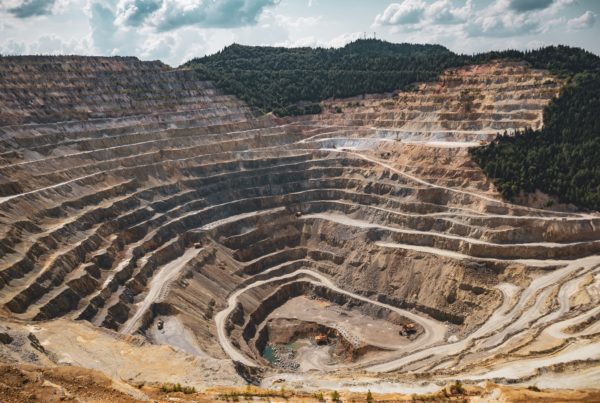
- For the first time, companies are proposing to link additional tenders for offshore wind capacity to hydrogen production
- Study from E-Bridge: New tendering model will allow an additional 900 megawatts of offshore wind capacity coupled with hydrogen production from 2026 onwards
Bayreuth, Hamburg, Munich — An accelerated expansion of offshore wind capacity through the combination with hydrogen production (power-to-gas) was demanded for the first time in Germany by the energy companies Shell, Siemens and the transmission system operator TenneT.
In this way, the new goals of the Federal Government for the expansion of renewable energies by 2030 and the global climate policy goals could realistically be achieved. Because the potential of offshore wind energy is high, but not exhausted and green hydrogen as the basis of many power-to-X applications – these are technologies for storage and other uses of excess electricity – play a role in the future energy mix, the three Companies. The additional wind power should not burden the power grid on land too much, but should be used to generate hydrogen and thus stabilize the power grid.
Shell, Siemens and TenneT are proposing a new tendering model for offshore wind power with coupled hydrogen production. In this way, additional offshore wind capacity could be developed in a short time and the power-to-gas technology could be further developed to market maturity. The model is based on a study by the consulting firm E-Bridge, which was commissioned by the three companies.
Dr. Thomas Zengerly, Chairman of the Board of Management of Deutsche Shell Holding GmbH : “Hydrogen electrolysis facilitates the use of electricity from renewable energy sources, contributes to the stability of the power grid and produces hydrogen of a quality needed for use in, for example, the mobility and industrial sectors , It is thus a very important building block for the cross-sectoral energy transition. “
“In order to master the energy transition and to be able to do without fossil energy sources, we must decouple the generation of electricity from renewable energies from consumption,” said Prof. Dr. med. Armin Schnettler, Head of Energy Research at Siemens . “PEM hydrogen electrolysis is a key technology for this. Industrial demand is causing the performance class to increase by a factor of ten every four to five years.”
“If we want to achieve the ambitious expansion target for renewable energies in 2030, we must not give away our renewables potential. But an expansion turbo for the high-yield offshore wind only makes sense if we link it to powerful storage technologies like power-to-gas. This provides flexibility, relieves the power grid and makes the power supply safer. And for the period after 2030, it also means less additional grid expansion, “said Lex Hartman , CEO of TenneT . “In the long term,” Hartman continues, “the combination with hydrogen production can also be applied throughout Germany with other renewable energies. This will help drive the energy transition and help our climate goals. ”
To the bidding model:
According to the study, between 2026 and 2030 wind farms at sea with a capacity of up to 900 megawatts coupled with hydrogen production can be built. For these wind turbines potential areas are considered, which are not used for the regular tenders for offshore power generation. The pilot tenders for this can already begin in 2022. In order to rapidly develop the market maturity of power-to-gas, the price for hydrogen production should decide on the surcharge, in contrast to the previous tenders for offshore wind capacity.
The electricity generated at sea should be tied up by the transmission system operator and transported ashore by offshore grid to ensure centralized and coordinated planning of the system. On land, the wind power is to be used to generate hydrogen. The necessary electrolysis plants are to be connected to the extra-high voltage grid on land.
The green hydrogen can be transported via the gas network. It can then be used in other sectors, such as industry or the mobility sector. By increasing or reducing hydrogen production, the transmission system operator should have “assured” flexibility.
A brief summary of the study can be found here: Hydrogen production in combination with offshore wind development – management summary
Read the most up to date Fuel Cell and Hydrogen Industry news at FuelCellsWorks




